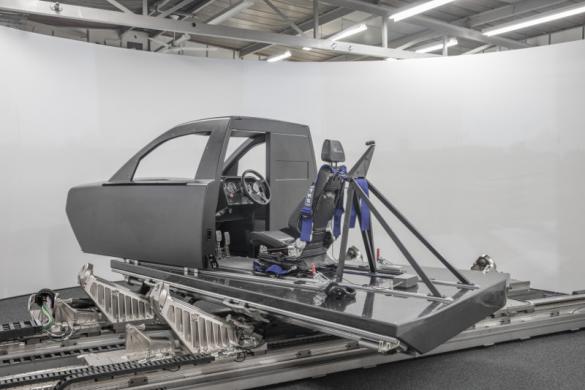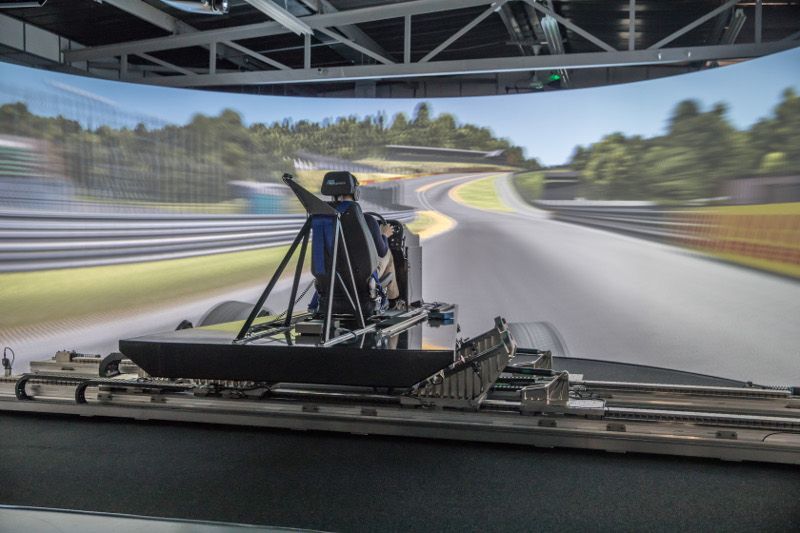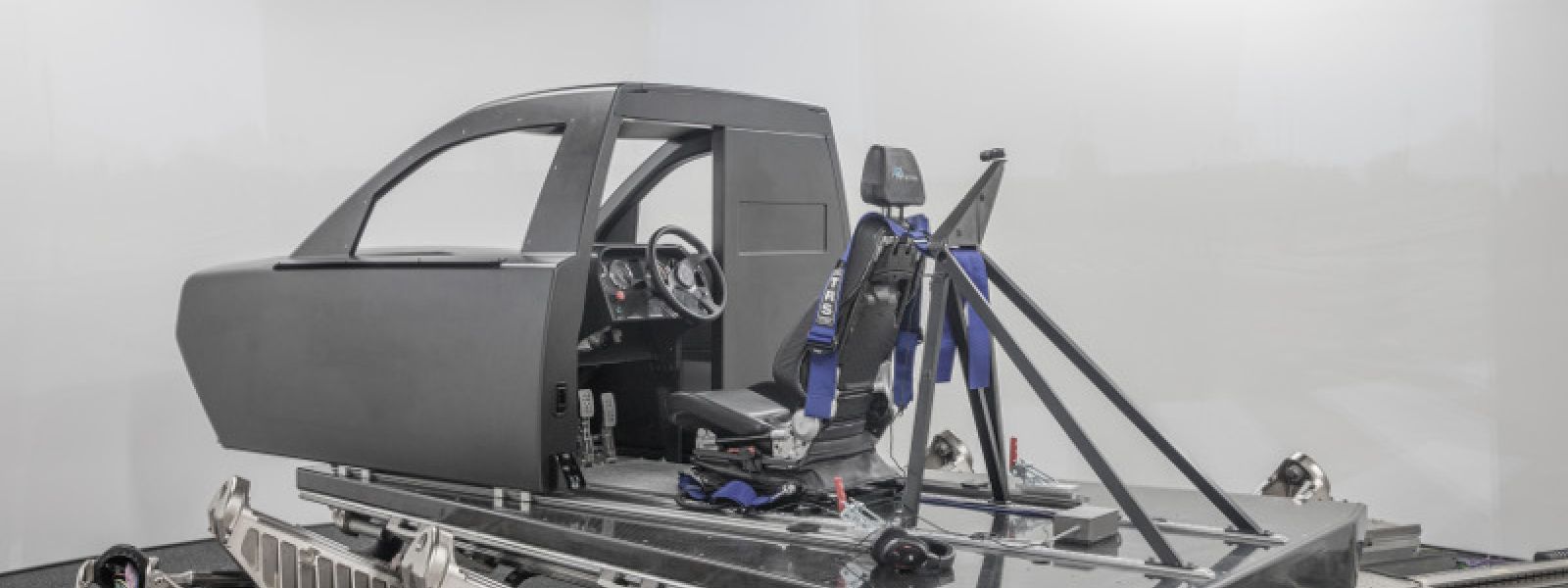
A driving simulator is an incredibly powerful tool, but it is also a substantial investment. Like any other purchase it is important to compare your options and evaluate them thoroughly. Unfortunately, it can be very difficult to compare like-for-like – not particularly helpful for such a critical purchase.
It is currently challenging to directly compare the performance of simulators as there is no universally accepted method for doing so. This is, surprisingly, even an issue for core performance metrics like frequency response and latency measurements.
Data can be presented in a multitude of different ways; for different payloads, for measured response or inferred response (accelerations/velocities calculated from the actuator measurement system and not measured directly at the location of most interest) or indeed separate parts of a hybrid simulator system. Based on our experience with the aVDS (advanced Vehicle Driving Simulator), the measurement method chosen can have a significant bearing on the derived performance value.
AB Dynamics consider the most meaningful data to be that which accurately reflects the performance obtained during real testing. These are transparent values that represent the simulator’s real-world performance in relevant use cases covering likely applications.
For frequency response tests this means:
· Data measured for a representative range of payloads (0kg is not considered).
· Full transfer function from platform command to measured acceleration/velocity with the transducer in an area directly beneath the driver’s seat. Inferred transfer functions ignore the potentially substantial effect of system compliance.
· The response of the full system. Some simulators use multiple motion systems, such as a hexapod with an additional base actuation mechanism. It is important that response measurements include all systems, otherwise the presented data will not reflect practical use.
If you are planning on purchasing a driving simulator, ensure that you arrange test drives with a number of the market’s offerings. Ideally, use an experienced test driver to give you feedback on how realistic and authentic the driving experience feels. To do this effectively, use a vehicle model that has been validated and that the test driver has driven in the real world. Throughout the evaluation a significant number of parameters should be adjusted to see if changes that would be detectable in the real world can also be felt in the simulator, and that they are equivalent. When it comes to the presentation of data, always ensure that the conditions under which it was acquired are clear and understand the inherent pros and cons of the motion platform being evaluated.
If you would like to talk with us about driving simulator selection or the presentation of data, please feel free to email us at SimulatorEnquiries@abdynamics.com



